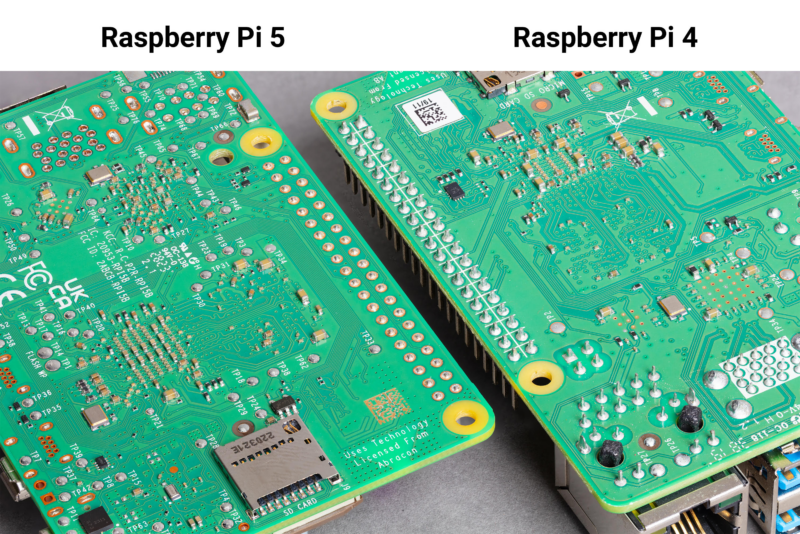INSUBCONTINENT EXCLUSIVE:
Getting the hang of through-hole soldering is tricky for those of us tinkering at home with our irons, spools, flux, and, sometimes, braids
It's almost reassuring, then, to learn that through-hole soldering was also a pain for a firm that has made more than 60 million products
with it.Raspberry Pi boards have a combination of surface-mount devices (SMDs) and through-hole bits
SMDs allow for far more tiny chips, resistors, and other bits to be attached to boards by their tiny pins, flat contacts, solder balls, or
For those things that are bigger, or subject to rough forces like clumsy human hands, through-hole soldering is still required, with leads
poked through a connective hole and solder applied to connect and join them securely.The Raspberry Pi board has a 40-pin GPIO header on it
that needs through-hole soldering, along with bits like the Ethernet and USB ports
These require robust solder joints, which can't be done the same way as with SMT (surface-mount technology) tools
"In the early days of Raspberry Pi, these parts were inserted by hand, and later by robotic placement," writes Roger Thornton, director of
applications for Raspberry Pi, in a blog post
The boards then had to go through a follow-up wave soldering step.Now Pi boards have their tiny bits and bigger pieces soldered at the same
time through an intrusive reflow soldering process undertaken with Raspberry Pi's UK manufacturing partner, Sony
After adjusting component placement, the solder stencil, and the connectors, the board makers could then place and secure all their
components in the same stage.

